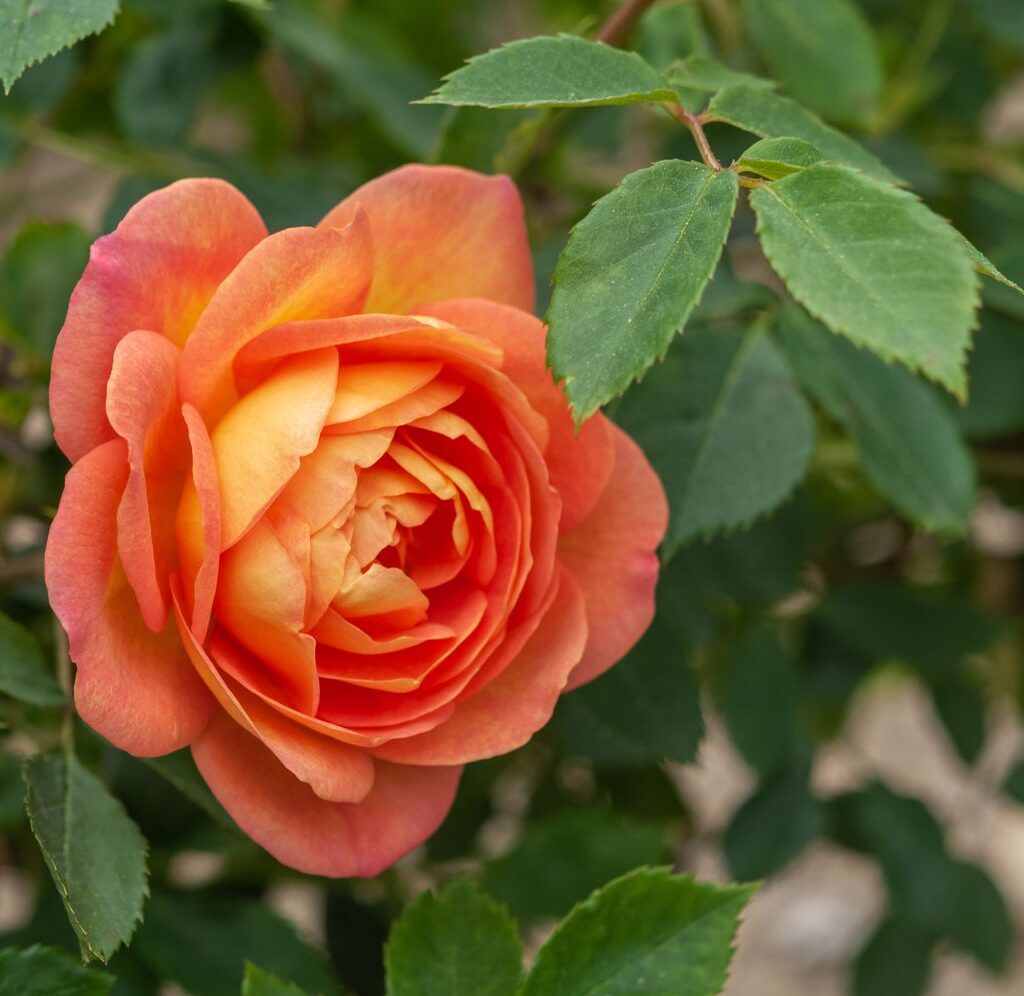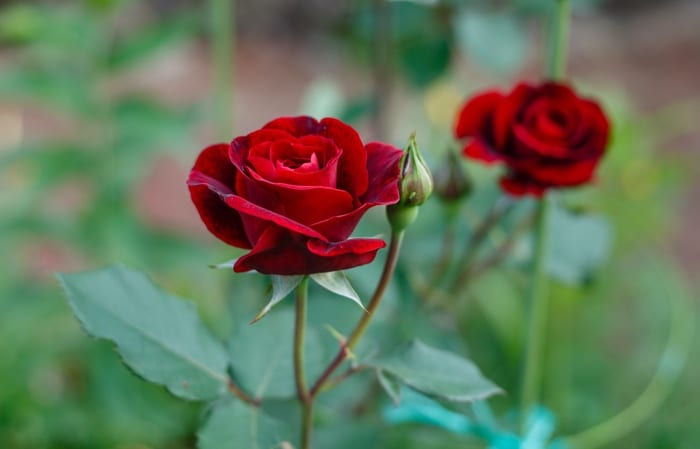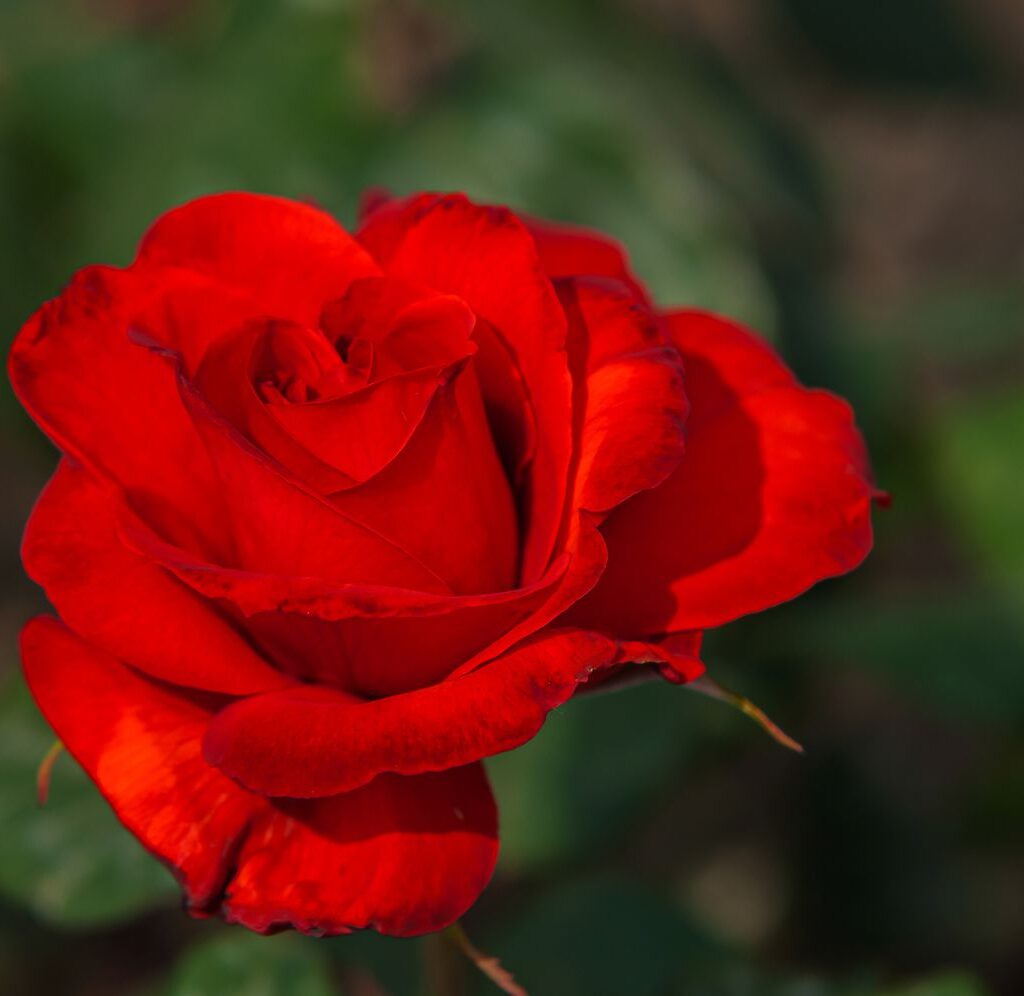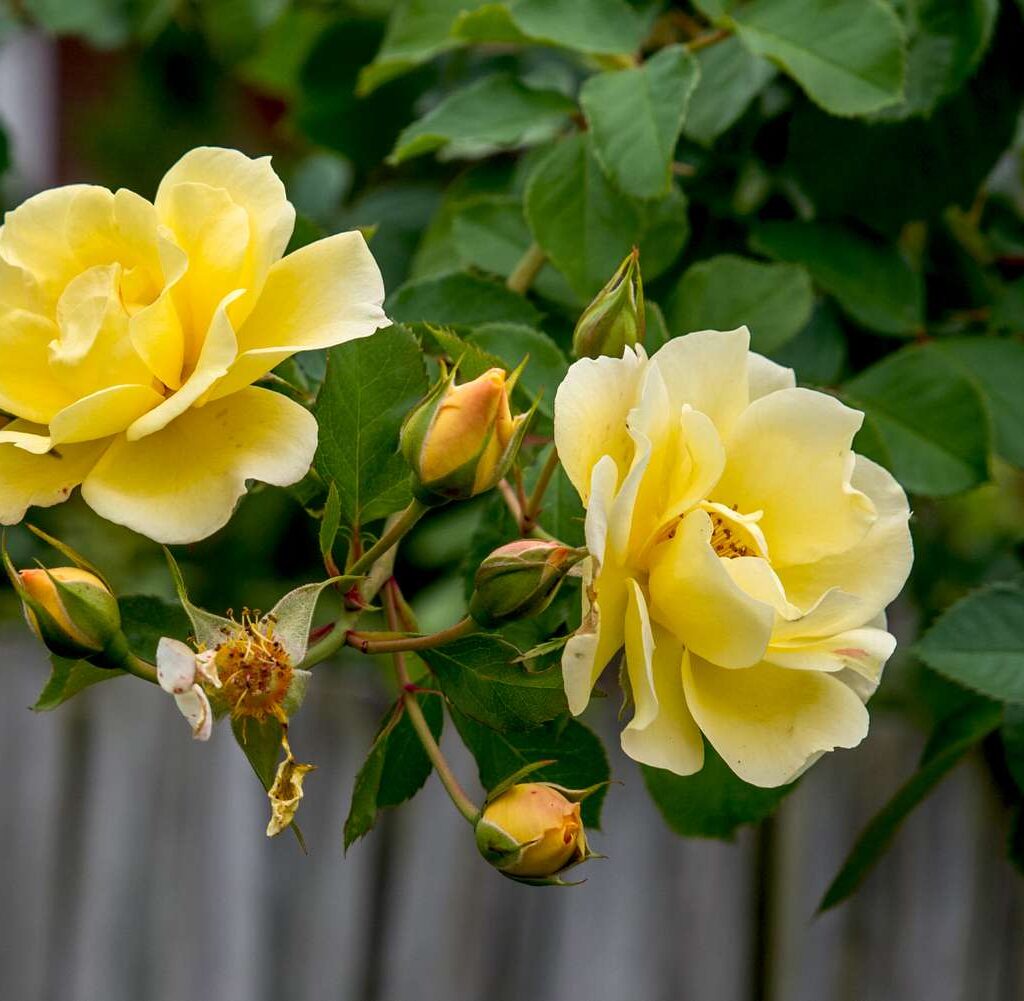Roses have long been considered the “queen of flowers,” admired for their vibrant colors, timeless elegance, and enchanting fragrance. Whether climbing on trellises, growing in neat flower beds, or blooming in containers, roses can transform any garden into a breathtaking display of beauty. While roses are often thought of as high-maintenance plants, the truth is that with the right techniques, they can thrive in your home garden and reward you with continuous, colorful, and fragrant blooms.
This guide provides a step-by-step approach to planting roses, from choosing the right varieties to proper care and maintenance. Whether you are a beginner or an experienced gardener, following these tips will help you cultivate healthy, thriving rose plants that will bring joy to your garden for years to come.
Why Plant Roses?

Before diving into the “how,” let’s understand why roses remain one of the most popular garden plants:
- Beauty and Variety: Roses come in countless colors, sizes, and forms, making them versatile for any garden style.
- Fragrance: Few flowers match the iconic, sweet aroma of roses, making them perfect for sensory gardens.
- Longevity: With proper care, rose bushes can live for decades.
- Pollinator-Friendly: Roses attract bees, butterflies, and other beneficial pollinators to your garden.
Step 1: Choosing the Right Rose Variety

The first step to successful rose gardening is selecting a variety suited to your climate, garden space, and preferences. Some common categories include:
- Hybrid Tea Roses – Known for large, single blooms and strong fragrance, often used in bouquets.
- Floribunda Roses – Produce clusters of smaller flowers, ideal for continuous blooms.
- Climbing Roses – Perfect for fences, trellises, and walls.
- Shrub Roses – Hardy and low-maintenance, great for landscaping.
- Miniature Roses – Compact, perfect for small spaces and containers.
Tip: If you’re a beginner, start with shrub or floribunda roses, as they are easier to maintain.
Step 2: Selecting the Right Location

Roses love sunshine and well-drained soil. When choosing a planting site, keep these factors in mind:
- Sunlight: At least 6–8 hours of direct sunlight daily is ideal.
- Air Circulation: Good airflow helps prevent fungal diseases.
- Soil Quality: Rich, loamy soil with a pH of 6.0–6.5 is best. Avoid waterlogged areas.
- Space: Provide enough room for the plant to grow without crowding.
Step 3: Preparing the Soil
Healthy soil is the foundation for thriving roses. Here’s how to prepare:
- Loosen the Soil: Dig a hole about 18 inches deep and wide.
- Enrich with Compost: Mix in organic matter like compost, aged manure, or peat moss to improve fertility.
- Drainage Check: Add coarse sand or gravel if your soil retains too much water.
- Fertilizer Base: Incorporate a balanced, slow-release fertilizer before planting.
Step 4: Planting the Roses
The planting process differs slightly depending on whether you’re using bare-root roses or container-grown roses.
Planting Bare-Root Roses:
- Soak the roots in water for 6–12 hours before planting.
- Form a small mound of soil in the center of the hole.
- Spread the roots evenly over the mound.
- Position the graft union (the swollen area on the stem) just above soil level in warm climates or 2 inches below in colder regions.
- Fill the hole with soil, firm it gently, and water deeply.
Planting Container Roses:
- Gently remove the rose from its pot.
- Loosen the roots if they are tightly packed.
- Place the plant in the hole at the same depth it was growing in the pot.
- Backfill with soil and water well.
Step 5: Watering Roses

Roses require consistent moisture, but overwatering can cause root rot. Follow these tips:
- Water deeply at the base, 2–3 times per week, depending on climate.
- Morning watering is best to prevent fungal growth.
- Avoid wetting the foliage.
Pro tip: Use a drip irrigation system or a soaker hose for efficient watering.
Step 6: Mulching and Fertilizing
Mulching and fertilization keep roses healthy and blooming.
- Mulch: Apply a 2–3 inch layer of organic mulch (wood chips, straw, or shredded leaves) around the base. It conserves moisture, suppresses weeds, and regulates soil temperature.
- Fertilizer Schedule:
- Early spring: Balanced fertilizer (10-10-10).
- After first bloom: High-phosphorus fertilizer to encourage more flowers.
- Mid-summer: Compost or organic feed.
- Stop fertilizing 6–8 weeks before the first frost to allow plants to harden off.
Step 7: Pruning Roses

Pruning encourages growth, shapes the plant, and prevents disease.
- When to Prune: Early spring, just as buds begin to swell.
- Tools: Use sharp, clean pruning shears.
- How to Prune:
- Remove dead, weak, or crossing branches.
- Cut stems at a 45° angle, about ¼ inch above an outward-facing bud.
- Thin the center of the plant to improve air circulation.
Step 8: Protecting Against Pests and Diseases
Roses are prone to certain pests and fungal issues. Common problems include:
- Aphids: Small green insects that suck sap. Control with insecticidal soap.
- Black Spot: Fungal disease causing black patches on leaves. Prevent with good air circulation and fungicidal sprays.
- Powdery Mildew: White powdery coating on leaves. Reduce humidity and use sulfur sprays.
- Japanese Beetles: Handpick and dispose of beetles or use traps.
Tip: Companion planting with garlic, marigolds, or lavender helps deter pests naturally.
Step 9: Seasonal Rose Care
- Spring: Prune, fertilize, and apply mulch.
- Summer: Regular watering, deadheading spent flowers, and pest checks.
- Fall: Reduce watering, stop fertilizing, and clean fallen leaves to prevent disease.
- Winter: In cold climates, cover the base with mulch or soil, and use burlap to shield the plant from harsh winds.
Step 10: Enjoying Your Rose Harvest
Once established, roses can bloom continuously from spring through fall. Use your harvest in many ways:
- Fresh bouquets to brighten your home.
- Rose petals for teas, potpourri, or skincare.
- Decorative garden displays for a stunning landscape.
Conclusion
Planting roses is more than just a gardening task—it’s a journey of nurturing one of the most iconic and rewarding flowers. By carefully choosing the right variety, preparing the soil, and following proper care routines, you can enjoy a garden bursting with fragrant, colorful blooms year after year.
Roses may demand a little attention, but the results are timeless beauty, unforgettable fragrance, and the sheer joy of growing a flower that has symbolized love and elegance for centuries. Whether you’re a beginner or an experienced gardener, following this step-by-step guide will help you cultivate roses that truly shine in your home garden.





